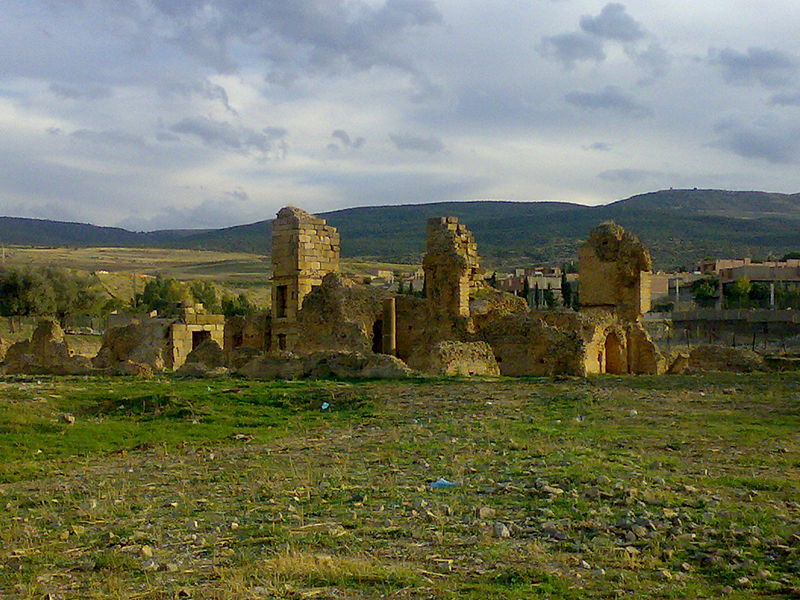Lambaesis

Facts and practical information
Lambaesis, nestled in the Aures Mountains of Algeria, is a testament to the grandeur of ancient Roman military engineering and urban planning. This archaeological site was once a prominent Roman military base and later a thriving city during the Empire’s reign in North Africa.
Established by the Third Augustan Legion in the 1st century AD, Lambaesis served as the principal garrison in the region, reflecting Rome's strategic interest in the area. The remains of the legionary fortress are among the most impressive features of the site, with its defensive walls, gates, and the principia – the headquarters building – still observable in the landscape.
As the military presence waned, Lambaesis transformed into a civilian settlement boasting a forum, amphitheater, temples, and bath complexes. The ruins of the Capitolium, dedicated to the gods Jupiter, Juno, and Minerva, stand as a poignant reminder of the religious life of the city. The site also contains an arch of Septimius Severus, which illustrates the architectural prowess of the era.
Lambaesis provides a window into the daily lives of its ancient inhabitants, with its well-preserved inscriptions offering insights into the administrative and social structure of the city. The remnants of residential areas give archaeologists clues about domestic architecture and urban development during the Roman period.
Batna
Lambaesis – popular in the area (distance from the attraction)
Nearby attractions include: 1 November 1954 Stadium, 1st November 1954 Big Mosque, Batna District, Mustapha Sefouhi Stadium.











